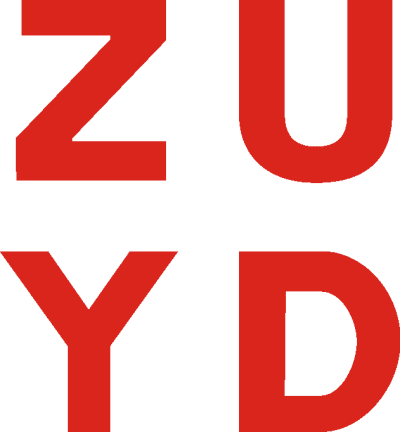
Master Scientific Illustration
Zuyd University of Applied Sciences

Key Information
Campus location
Maastricht, Netherlands
Languages
English
Study format
On-Campus
Duration
Request info
Pace
Full time
Tuition fees
EUR 11,950 / per year
Application deadline
Request info
Earliest start date
Sep 2024
Introduction
In this international study programme, you will learn to make accurate visualisations of topics from the clinical, medical and biological domains. You will get the skills to use a wide range of traditional and digital visualisation techniques. Unique in Europe!
Unique in Europe!
One image tells more than a thousand words
It is not surprising that in biomedical sciences traditionally illustrations are created to enable communication between scientist and author, teacher and student, or physician and patient. Art and science come together in scientific illustration.
Your future expertise
When you graduate, you are a specialist who makes accurate visualisations of topics from the clinical, medical and biological domains. You have the skills to use a wide range of traditional and digital visualisation techniques.
Best of two top universities
The Master Scientific Illustration is an international study programme in which you will meet students from European countries and beyond. Unique in Europe. It is a cooperation between the Faculty of Arts at the Zuyd University of Applied Science in Maastricht and the Faculty of Health, Medicine and Life Sciences at Maastricht University.
Admissions
Curriculum
Training in technical skills
Your training has a strong emphasis on the application of conventional imaging techniques in conjunction with photography, video and computer techniques for the accurate two-dimensional display of three-dimensional structures. Additional training in digital three-dimensional reconstruction and modelling is given in workshops. You acquire a broad theoretical basis as well as practical experience in working with medical techniques such as dissection, processing of microscopic and macroscopic serial sections and working with medical imaging techniques such as Computed Tomography (CT) and Magnetic Resonance Imaging (MRI).
Becoming a scientific storyteller
To be able to create a scientifically correct image, you must not only be a good craftsman but also an outstanding 'storyteller' and communicator. You must be capable of communicating with specialists from different scientific fields, understanding the scientific problem and then being able to convert it into visualisation for a specific target audience. Creating images for patient education requires a different approach than creating images for a group of medical specialists. For this reason, you will not only be trained in anatomy and medical nomenclature but you’ll also be guided in the field of communication. Furthermore, using practical assignments (including illustrating a surgical procedure), you will build up experience in making abstractions and schematizations of reality to create an image that tells the scientific story in the best possible way.
The themes
The teaching programme is built on three themes:
- Man
- Animal
- Human and Animal Surgery
Each of the themes consists of three to five components and each component involves one or more assignments, which deal with various aspects of scientific illustration and in which various traditional visualization techniques are practised and applied. The assignments are graded in terms of complexity, leading up to the level required for professional practice.
Final examination and graduation
The programme ends with a final examination, consisting of two components:
- A graduation project in which you write, illustrate and design a publication.
- An oral examination.
In addition, you exhibit your work in a graduation exhibition and you compose a portfolio of the representative artworks you produced during the programme. The publication and the portfolio serve as a masterpiece that helps you to find work in a professional practice.
Small teaching staff
A small team of dedicated professionals, who all have their specialism (like scientific and medical illustration, anatomy, software, facial reconstruction etc.), will train you. Input from their work experience and their involvement in issues from the professional practice keep the programme up-to-date, educationally justified and closely connected to this professional practice. They all regularly publish imagery, contribute to congresses and take part in the debate about the profession of scientific and medical illustration. External professional experts contribute as guest speakers in lectures, workshops and the final graduation projects.
Program Tuition Fee
Gallery
Ideal Students
For whom is this master interesting?
If you have a Bachelor's degree, a strong motivation, provable talent in drawing and a profound research attitude, please apply for one of the few student places. Find more information about registration and admission.